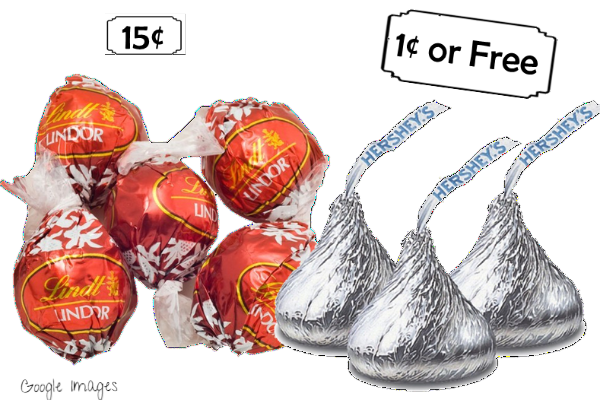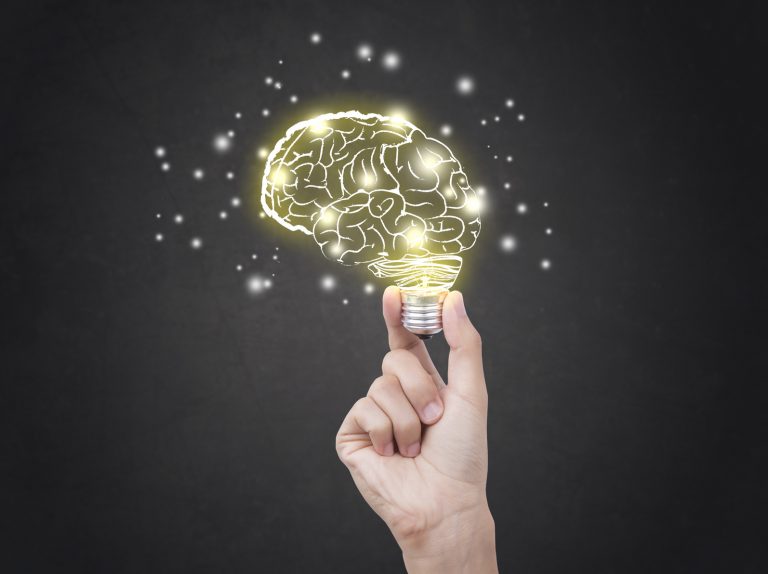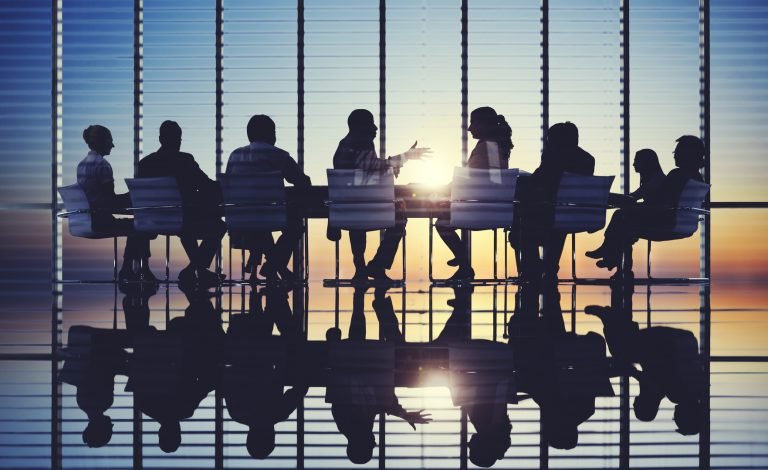
Some years ago,Dan Ariely and some of his students set up an experiment to test the appeal of something for nothing: the power of free.
Dan Ariely is an award-winning professor of behavioral economics at Duke University, a research institution in North Carolina.
The little chocolate shop
They set up a table in a public building and displayed two very different types of chocolate. On one side were Lindt truffles, made in Switzerland from the finest ingredients. Lindt has been famous for nearly two hundred years and is one of the world’s most expensive luxury brands.
On the other side was a display of Hershey’s Kisses. These are perfectly good chocolates, sold in the millions in the United States to a much wider audience. They usually sell at a fraction of the price of a truffle but they are popular and considered good value for money.
On a small sign in front of each display was a price: the Lindt truffles were offered at 15 cents (about half their retail value at the time) and the Kisses were priced at one cent.
When people approached the table and were invited to buy only one chocolate, 73 per cent chose a Lindt truffle. A perfectly rational decision as the special price represented a significant saving over the retail price.
Time to offer a discount, the power of free
Next, the researchers reduced the cost of each product by one cent. That made the truffles only 14 cents, but the Kisses would be free. Would there be much difference in customer appeal? After all, a fabulous Lindt truffle at 14 cents is surely more attractive than a free Hershey chocolate?
When a new set of customers arrived, 69 per cent chose the Hershey product, up from 27 per cent previously while truffle sales tumbled from 73 to 31 per cent.
Professor Ariely’s team repeated the experiment with varying prices but the result was always the same: given the choice between an expensive chocolate offered at a discount or an inexpensive chocolate for nothing, the majority always chose the latter.
“The Power of Free” experiment teaches us an important lesson
After dinner in a restaurant, the waiter may bring you mints or chocolates at the end of your meal. While you appreciate the gesture perhaps, a free gift like this has no value when you’re settling a large bill.
But, when you’re faced with the choice of paying for something – even at a hefty discount – or getting a lower quality version for nothing, the free option wins.
Understanding how human nature works in this way creates obvious opportunities in the business world.
If you can offer a part of your product free, even if yours is not always the customer’s preferred brand, you’re likely to encourage them to switch.
Why are we so attracted to free things?
In the professor’s opinion, it’s because we’re all afraid of loss and the power of free is tied to this. All transactions have a potential upside and a downside but when we choose a free item, we avoid the risk of a poor decision resulting in a loss, either in financial or reputational terms.
“Nothing,” he says, “beats the emotional surge of free.” The zero price effect may be irrational but it has huge implications for succeeding in an increasingly competitive world.
If you liked, then please subscribe to our YouTube Channel for video content. You can also find us on Twitter, Facebook, Instagram and Linkedin.




